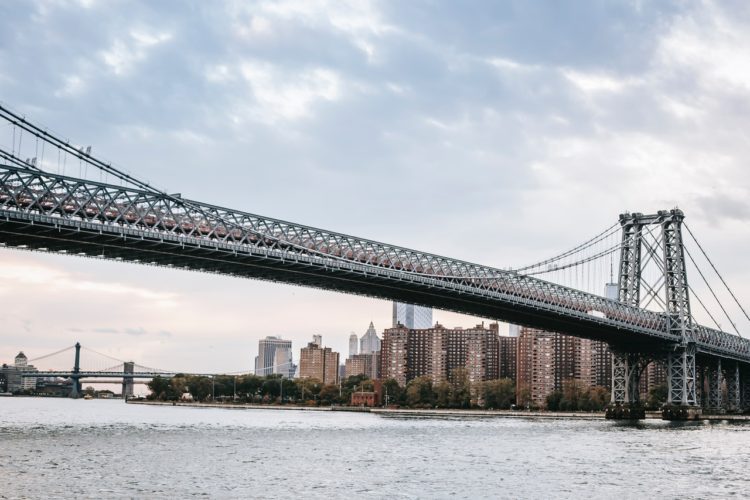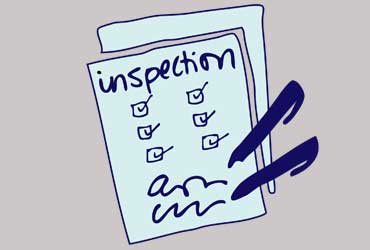
How Will New York City Build its Sustainability?
Author: Yangxin Bai;
Lately published on Common Edge by John Massegale that New York City is failing its citizens on the environment, and the Online NYC Climate Dashboard confirms that New York City is not doing enough to meet its climate goals, which are to reduce greenhouse gas emissions by 80% by 2050. Climate change can result in Extreme heat, Rise of sea level, Coastal storms, and Extreme Rainstorms for the city’s future.
Building Energy-Wasting Towers
Over 25% of the energy emissions in the world are produced by buildings. Glass and steel may be to blame for more than two thirds of the total emissions. It was announced on Earth Day three years ago by Mayor Bill de Blasio. “We are going to propose legislation to outlaw the traditional steel and glass skyscrapers that have made such a significant contribution to global warming.” In addition to conducting approximately five times as much heat as conventional walls, windows that are exposed to strong summer and winter winds also raise the need for air conditioning. Furthermore, the production of high-tech glass that resists heat gain consumes a lot of energy, making the use of supertall glass even more detrimental to the environment.
As designing and shaping the city’s future, we still need to be cautious in working toward the goal of “One NYC 2050: Building a Strong and Fair City”. 56 Leonard Street, known as “Jenga building” located in downtown Manhattan, the stacking of apartments and sliding elements recalled Le Corbusier’s Unite d’Habitation in Marseille, France. This tall, slim, luxury residential tower is listed as “one of NYC’s 10 most important buildings of the past decade”, but only scored 3 out of 100 on the Energy Star rating.
Transportation emissions
About one-third of all emissions in New York come from transportation. Private vehicles account for 83% of transportation-related emissions. With the development of Citi Bike and numerous protected bike lanes in recent years, we are getting better. Mayor Eric Adams promised to invest $900 million to address the issue of traffic violence in the city and create a more secure, hygienic, and environmentally friendly city. “Expansion of car-free streets is a giant step towards aligning New Yorker’s experience with this fundamental truth: To save lives and our planet, streets cannot just be for cars anymore,” said Deputy Mayor for Operations Meera Joshi. “Streets for people are not designed by traffic engineers.” European cities are far ahead of American cities in making safer streets and livable streets, including cyclists and pedestrians. Paris is moving towards “The 15-minute City” while American cities are too reliant on cars.
Last month the 2022 Open Street Program expanded 156 locations covering over 300 city blocks of Car-Free Earth Day celebrations, reminding us what could be like to reduce the number of cars on the street. We are making improvements, bringing the goal closer to Vision Zero and bike Lane Hardening, but we still need to move faster to meet our goals. Contact us now.






